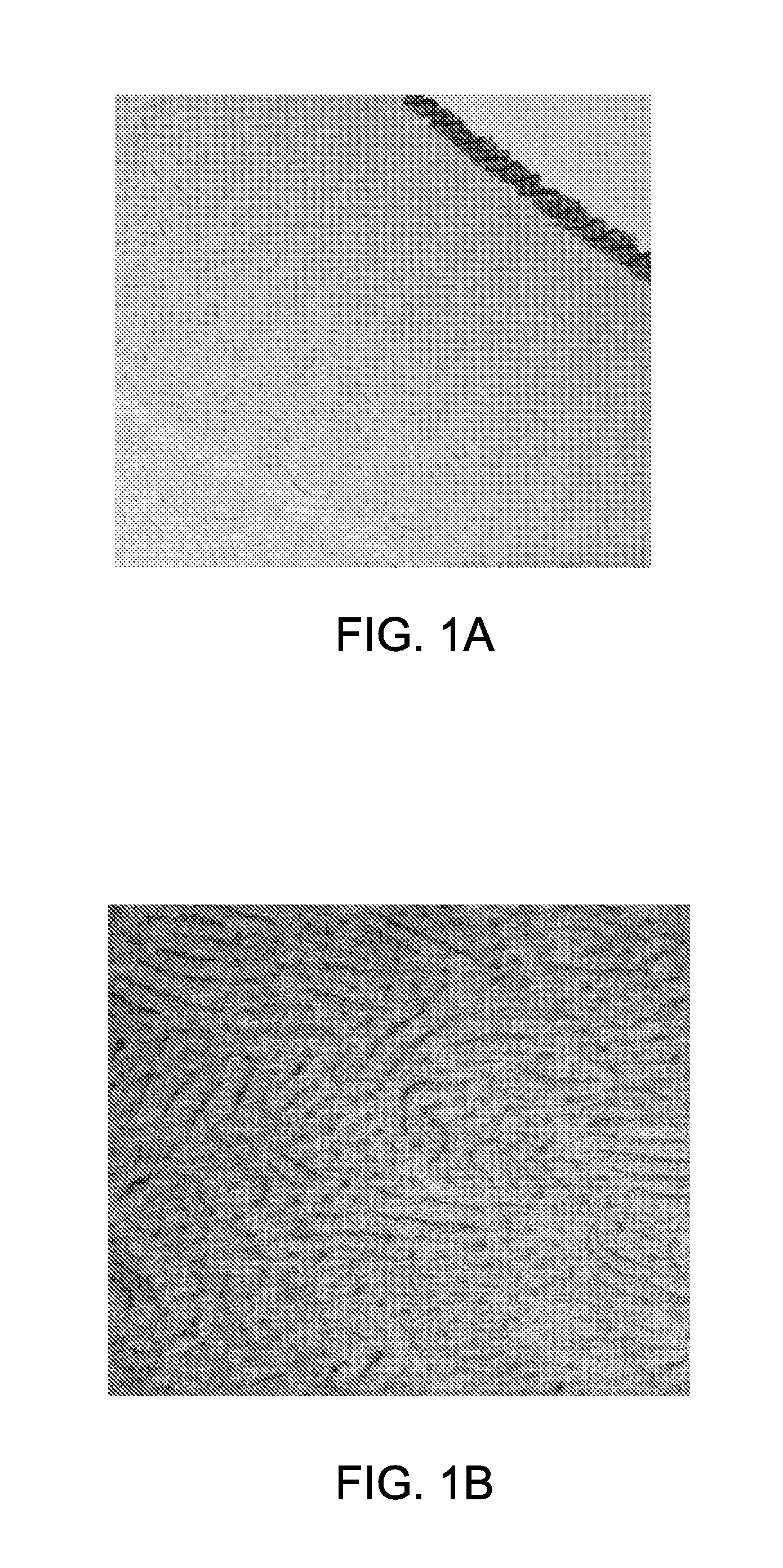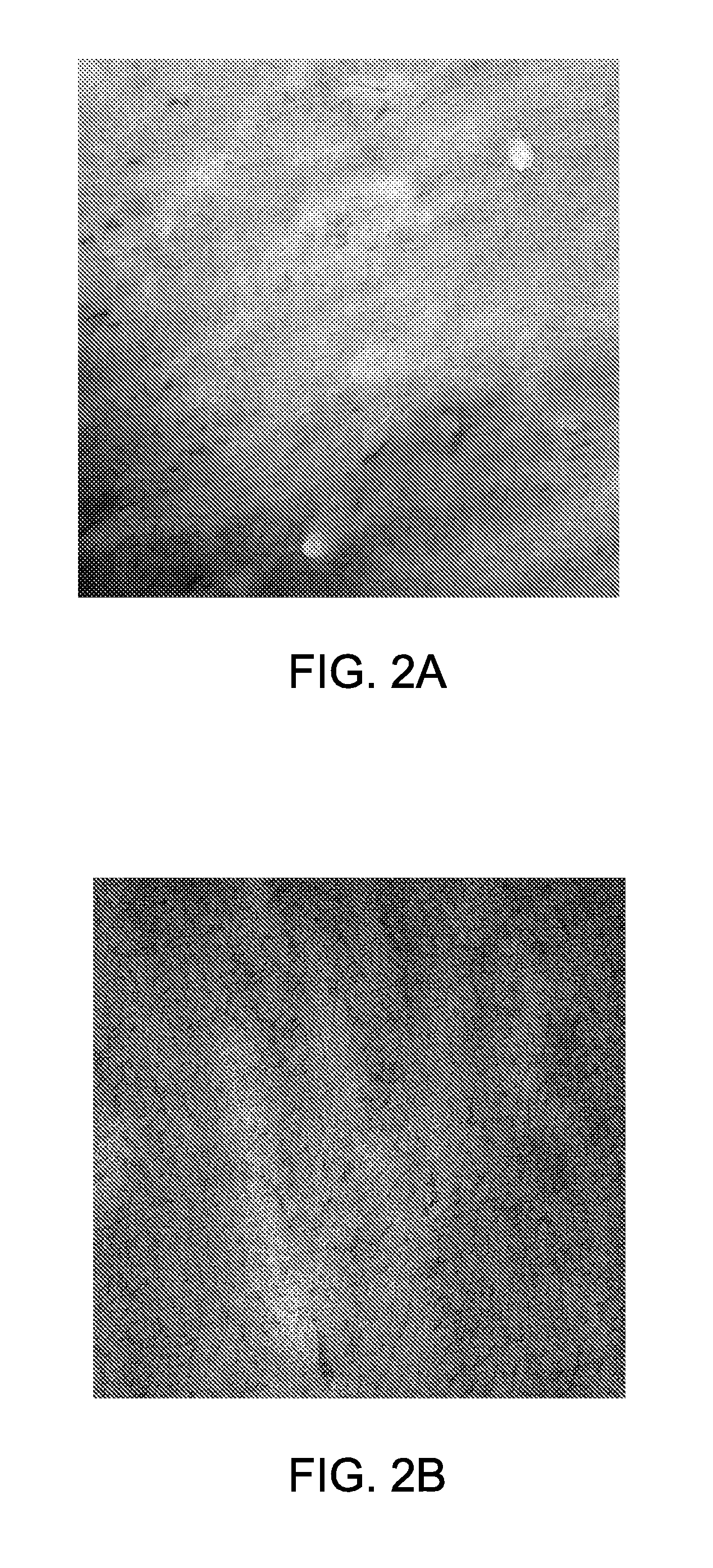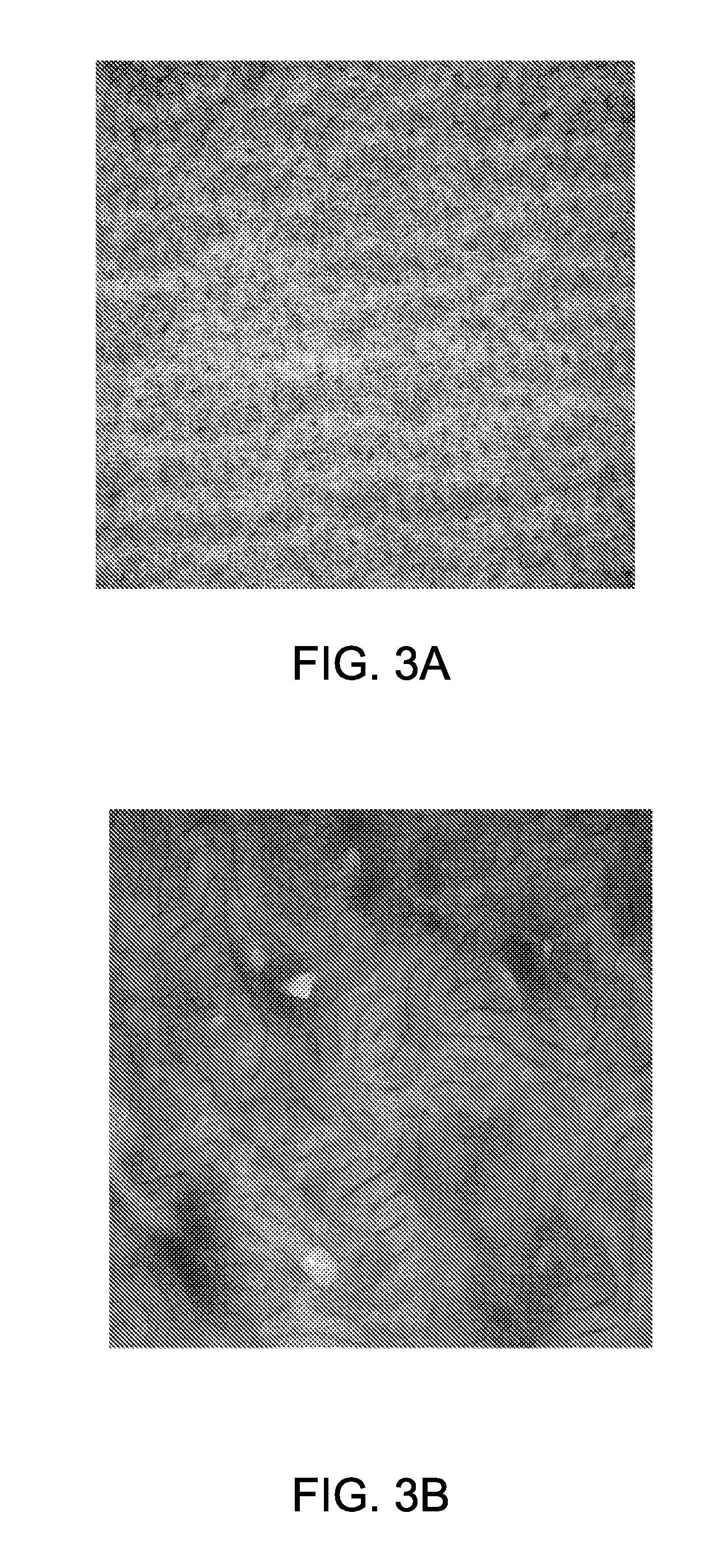Block copolymer membranes and associated methods for making the same
a copolymer membrane and copolymer technology, applied in the field of membranes and methods for making the same, can solve the problems of poor wettability and fouling of hollow fiber and flat sheet ultrafiltration membranes containing hydrophobic polysulfones
- Summary
- Abstract
- Description
- Claims
- Application Information
AI Technical Summary
Benefits of technology
Problems solved by technology
Method used
Image
Examples
example 1
Synthesis and Characterization of ABA Block Copolymers
[0064]PHEMA-b-PSU-b-PHEMA and P(PEGMA)-b-PSU-b-P(PEGMA) were synthesized and characterized using standard techniques. The above mentioned ABA-type block copolymers were synthesized from HEMA and an ATRP-active PSU, to form PHEMA-b-PSU-b-PHEMA, and polyethylene glycol methacrylate (PEGMA) and an ATRP-active PSU to form P(PEGMA)-b-PSU-b-P(PEGMA) (Scheme 1). P(DMAEMA)-b-PSU-b-P(DMAEMA) was also synthesized in an analogous fashion. Both P(PEGMA)-b-PSU-b-P(PEGMA) and PHEMA-b-PSU-b-PHEMA showed favorable membrane properties such as robust mechanical properties and hydrophilicity. The drastic difference between the PSU and PHEMA block solubility parameters promote the phase separation and improve the pore formation on the membrane surface during phase inversion. In a specific embodiment, the membrane was prepared with the block copolymer PHEMA-b-PSU-b-PHEMA.
[0065]Scheme 1 for synthesis of ABA type block copolymer is shown below.
[0066]To...
example ii
Synthesis and Characterization of AB Block Copolymers
[0077]AB diblock copolymers, such as PHEMA-b-PSU and P(PEGMA)-b-PES were synthesized by a method as depicted in Scheme 2. Advantages of the AB block copolymers included larger domain sizes for phase separation, and more reproducibility in synthesis, isolation, and purification. A phenolic endcapping agent, 4-tert-butylphenol, was utilized to react with the free fluorophenylsulfone (or chlorophenylsulfone) end group, and thereby producing an ATRP-active end-capped polysulfone comprising only one active site. The chemical compositions of these AB block copolymers are shown in Scheme 2 and Table 2.
[0078]Based on the performance of membrane filtration for a membrane with AB block copolymer, synthesis of PHEMA19-b-PSU75 (Sample IX) was initiated. The first step in this reaction scheme involved the polycondensation reaction to make an end-capped polysulfone, as shown in Scheme 2a. Bisphenol-A and 4-tert-butylphenol were reacted with dic...
example iii
Membrane Development by Phase Separation / Phase Inversion
[0106]Phase inversion for all samples was performed in a similar fashion. Phase inversion of PHEMA-b-PSU-b-PHEMA is used as a representative example. PHEMA-b-PSU-b-PHEMA (1.0 g) was dissolved in a mixed solvent solution (4.0 g) of dioxolane and DMSO (7:3 dioxolane:DMSO). The 10 ml solution was manually cast using a BYK Gardner doctor blade onto a glass plate. A dwell time of 5 seconds was imposed before submerging the glass plate into a coagulation bath of DI water at room temperature. The sample was soaked in water overnight, removed from the water bath, and dried in ambient temperatures.
[0107]Thin films of PHEMA-b-PSU-b-PHEMA (Sample III, with 22-50-22 repeat units) were made via solvent evaporation of polymeric solutions in THF to determine microphase separation of the block copolymers. The thin films were stained with ruthenium tetroxide (RuO4) and analyzed by transmission electron microscopy (TEM). The TEM images showed cy...
PUM
| Property | Measurement | Unit |
|---|---|---|
| polydispersity index | aaaaa | aaaaa |
| diameter | aaaaa | aaaaa |
| diameter | aaaaa | aaaaa |
Abstract
Description
Claims
Application Information
 Login to View More
Login to View More - R&D
- Intellectual Property
- Life Sciences
- Materials
- Tech Scout
- Unparalleled Data Quality
- Higher Quality Content
- 60% Fewer Hallucinations
Browse by: Latest US Patents, China's latest patents, Technical Efficacy Thesaurus, Application Domain, Technology Topic, Popular Technical Reports.
© 2025 PatSnap. All rights reserved.Legal|Privacy policy|Modern Slavery Act Transparency Statement|Sitemap|About US| Contact US: help@patsnap.com



